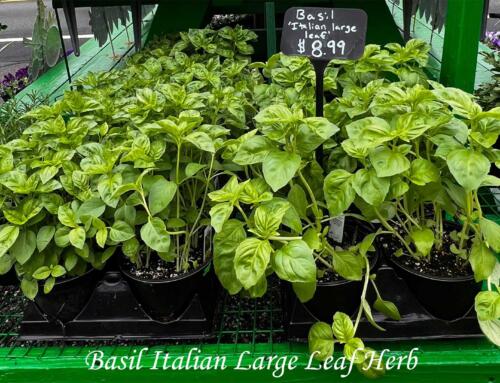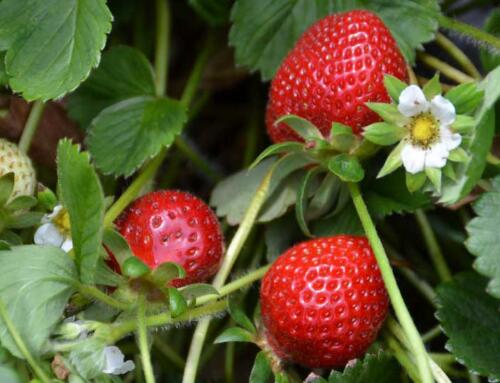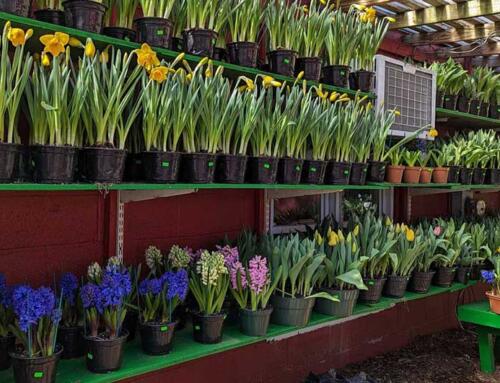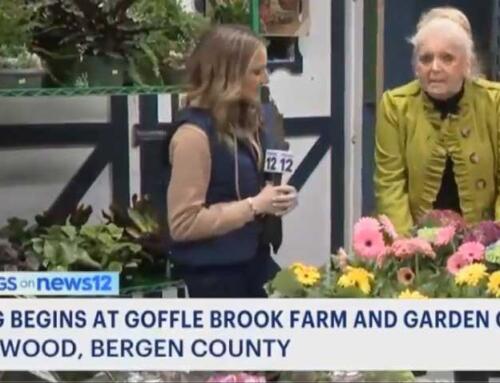Vegetable and Herb Seed Sowing Dates
Starting seeds indoors has many benefits, including an earlier harvest. While some crops can be direct seeded, you can start them indoors and move up the harvest date. Another perk of starting seeds indoors is the ability to grow long season crops in short season climates. A little planning makes seed starting more efficient and will help set you up for success. Consider how much space you have indoors to house your started seeds and how you will nurture the seeds as they grow indoors. Keep your outdoor space in mind, too. You’ll want to have enough transplants to adequately fill your garden plot.
14–16 weeks before your average last frost date
Strawberry
10–12 weeks before your average last frost date
Artichoke
Celery
Eggplant
Onion (Bulb, Shallot)
Rosemary
8–10 weeks before your average last frost date
Dill
Leek
Onion (Bunching)
Pepper
Savory
Stevia
Wild Bergamot
6–8 weeks before your average last frost date
Cabbage (Head)
Catnip
Chives
Lemon Balm
Marjoram
Mint
Oregano
Parsley
Sage
Tarragon
Thyme
4–6 weeks before your average last frost date
Amaranth
Basil
Broccoli
Cabbage (Napa)
Cauliflower
Chamomile
Collards
Fennel
Kale
Lettuce
Okra
Potato
Sorrel
Swiss Chard
Tomatillo
Tomato
Watercress
2–4 weeks before your average last frost date
Bitter Melon
Broccoli
Cucumber
Melon
Pumpkin
Spinach (New Zealand)
Squash (Summer, Winter)
Watermelon
1–2 weeks before your average last frost date
Quinoa
8–12 weeks before your average last frost date
Strawberry
6–8 weeks before your average last frost date
Bean (Fava)
Cover Crop (Fava Bean,
Soil Builder)
4–6 weeks before your average last frost date
Baby Greens (Pea Shoots, Spinach)
Broccoli
Broccoli Raab
Cabbage (Head)
Chamomile
Chervil
Chives
Endive
Kohlrabi
Mâche
Mustard
Mustard Spinach
Onion (Bulb—except in mild climates)
Onion (Bunching)
Onion (Shallot)
Parsley
Pea Radish (Summer)
Rutabaga
Spinach
2–4 weeks before your average last frost date
Arugula
Baby Greens (Swiss Chard, Arugula,
Lettuce Mesclun, Mustard, Kale,
Smoothie, Snappy, Superfoods)
Beet
Bok Choy (Baby Choi, ‘Toy Choy’)
Carrot
Catnip
Collards
Cover Crop (Crimson Clover)
Leek
Lettuce
Swiss Chard
Turnip
Watercress
Wild Bergamot
1–2 weeks before your average last frost date
Borage
Cauliflower
Celery (Mild climates only)
Chinese Broccoli | Kailaan
Cilantro
Dill
Kale
Marjoram
Sorrel
1–2 weeks after your average last frost date
Amaranth
Basil
Bean
Bitter Melon
Bok Choy (Tatsoi)
Cabbage (Napa)
Corn
Cucumber
Edamame
Fennel
Lemon Balm
Mint
Melon
Okra
Quinoa
Rosemary
Sage
Savory
Shiso
Spinach (New Zealand)
Squash (Summer, Winter)
Tarragon
Thyme
Tomato (Mild climates only)
Watermelon
2–4 weeks after your average last frost date
Cover Crop (Common Buckwheat)
Eggplant
Ground Cherry
Oregano
Pepper (Mild climates only)
Pumpkin
Tomatillo
- Crops that are best started indoors include broccoli, brussels sprouts, cabbage, and tomatoes. Those with a slower root development, like cauliflower, celery, eggplant, and peppers, should also be started indoors. Tender vegetables like tomatoes, eggplants, and peppers are very susceptible to the cold temperatures of spring, so it’s best to start them indoors and keep them safe from unpredictable weather.
- Plants that do not transplant well and are therefore best started in the garden (or in outdoor containers) include cucumbers, muskmelon, pumpkins, squash, and watermelon. These are all tender, however, so refrain from sowing them outdoors while frost is still a threat.
- Some plants truly resist transplanting. Root vegetables, like carrots, turnips, and beets, don’t like having their roots disturbed, so it’s usually safer to just start their seeds outdoors in the ground rather than transplant them later on. Plants with long tap roots also do not like to be transplanted; examples include dill and parsley.
- Finally, plants like radishes and peas are so fast growing and cold tolerant that it just makes sense to put them right in the ground!








